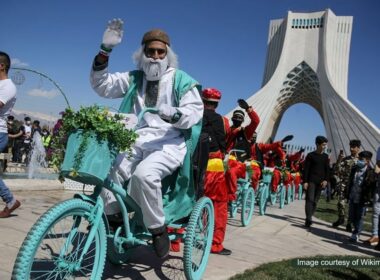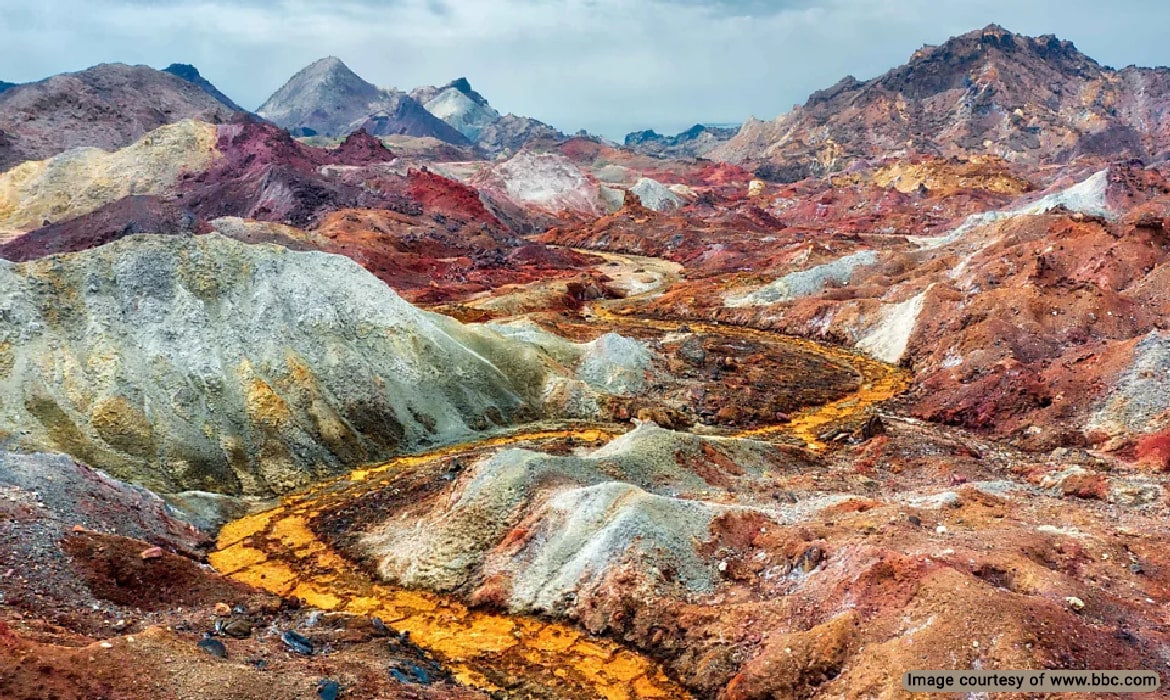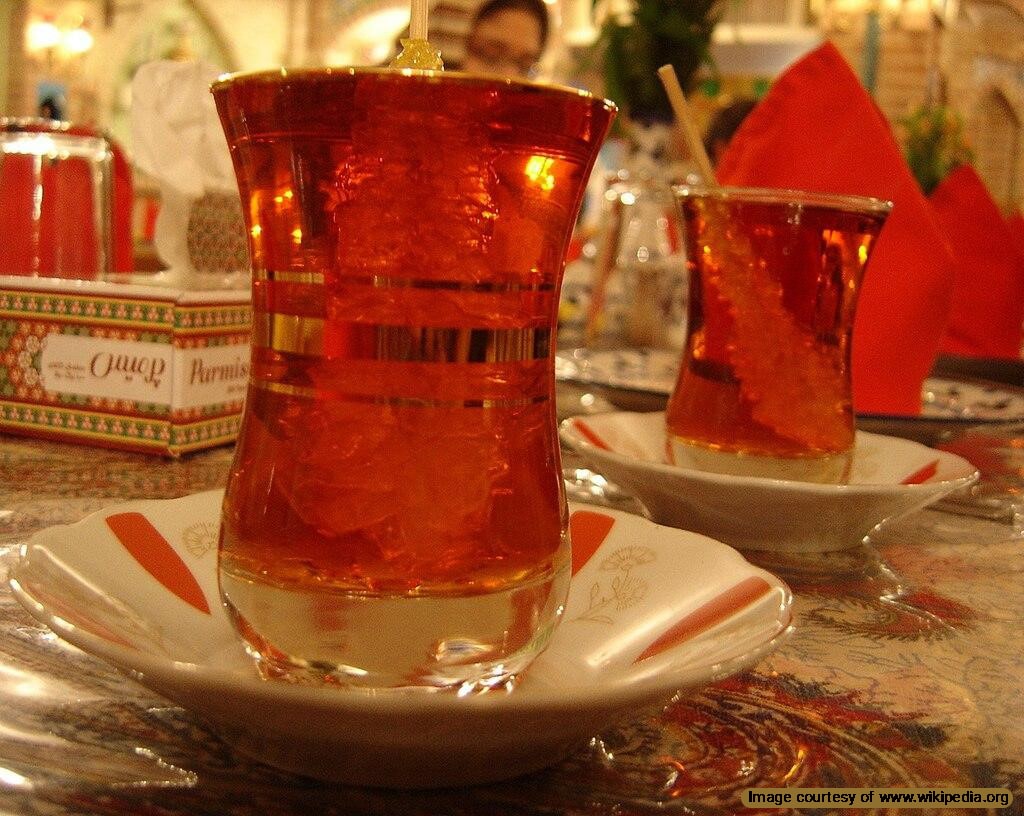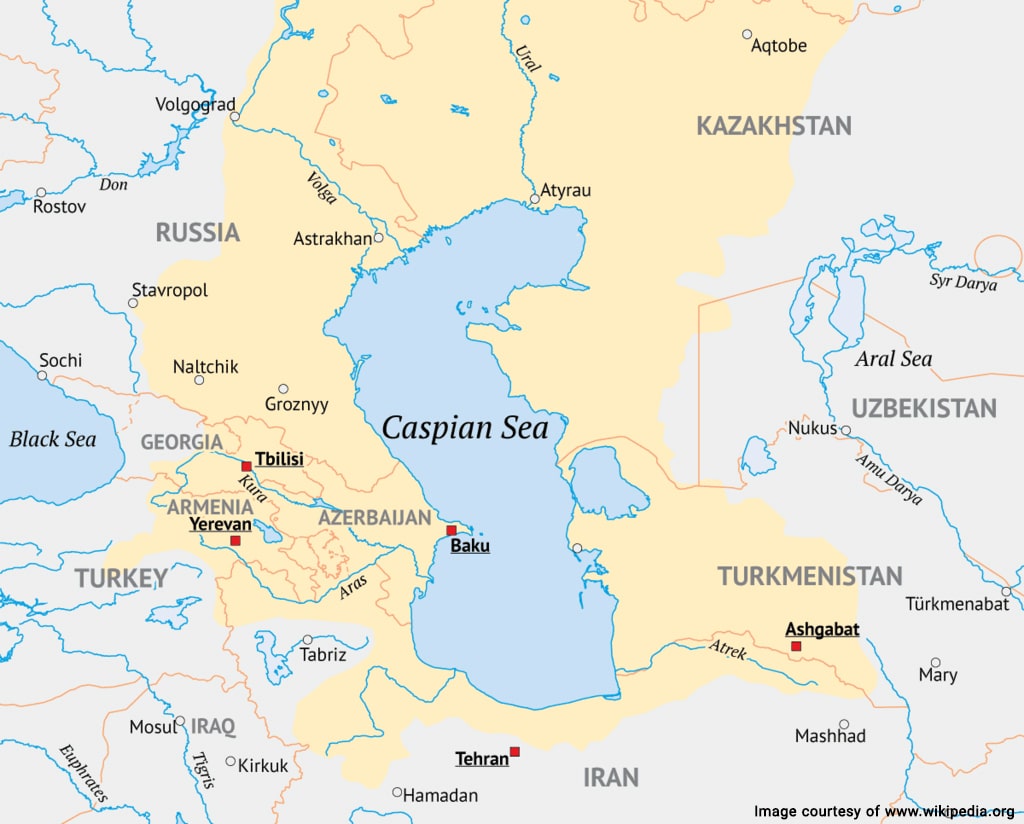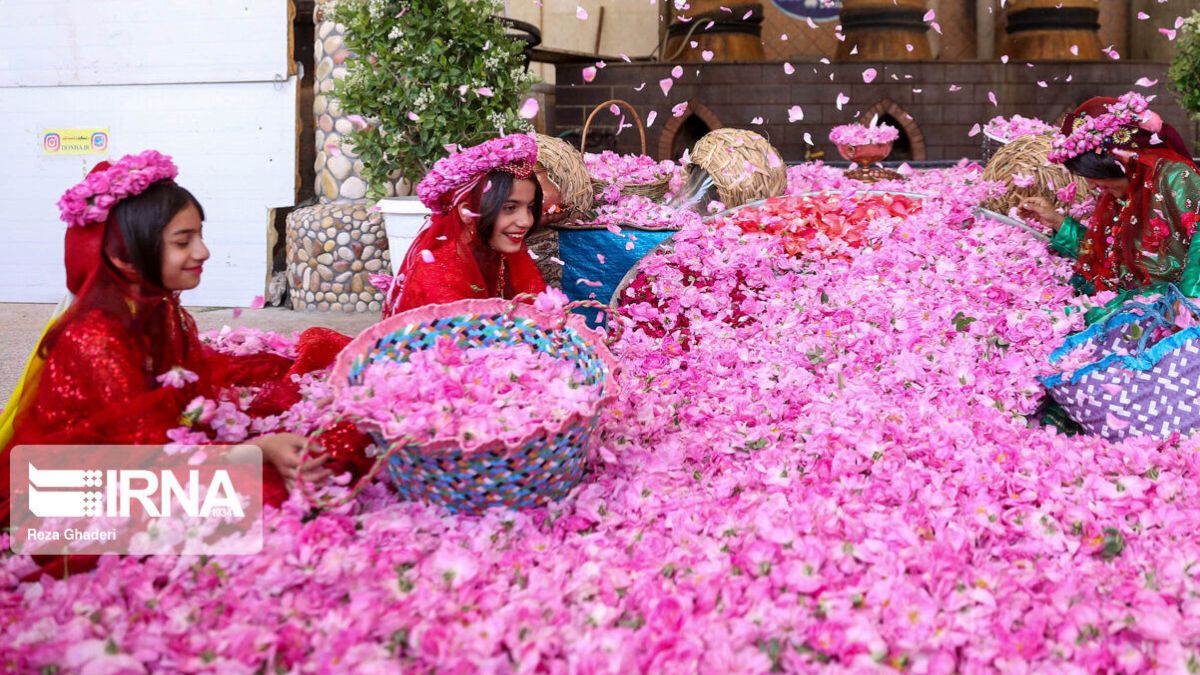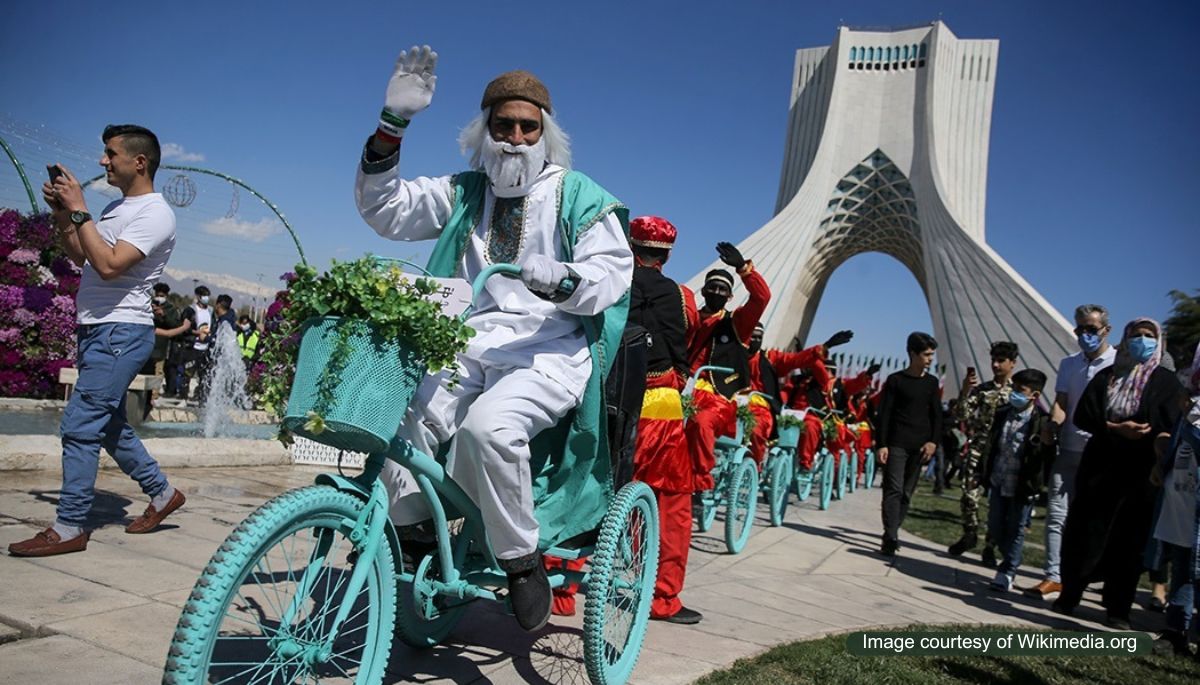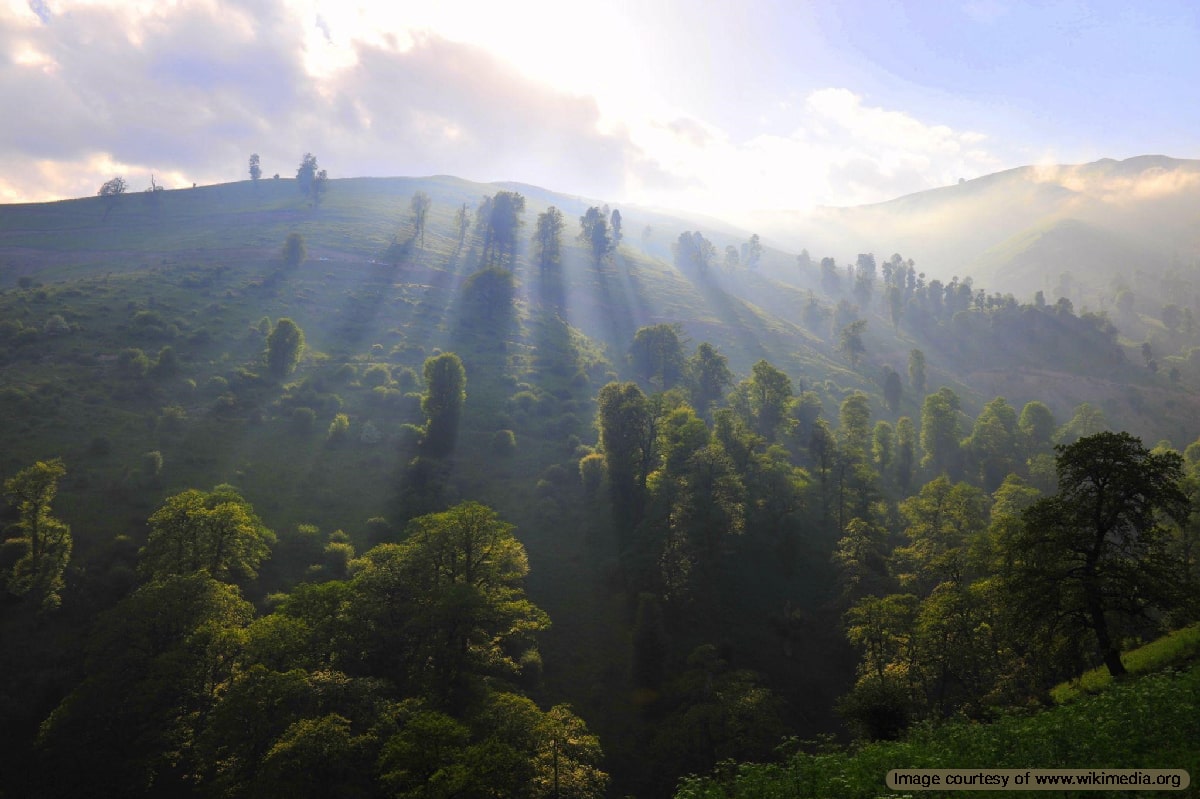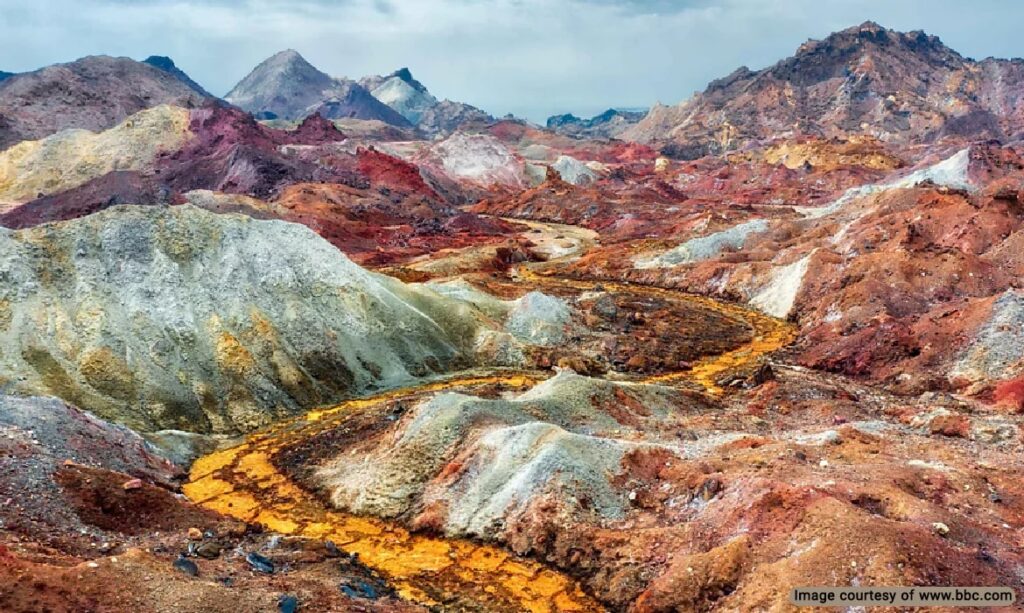
Hormoz Island (Ormus) is one of the most famous Iranian islands in the Persian Gulf. It is located to the southeast of the coast of Bandar Abbas in the Strait of Hormuz. It is a small island with limited accommodation capacity, which can complicate traveling during a tourist rush. During fall and winter, Hormuz is one of the most popular Iran attractions.
In this travel guide, we will delve into the island’s history and geography and introduce the best Hormoz Island tourist attractions.
History of Hormuz Island
The island has an extensive history of settlement and occupation. The earliest traces of human settlements in Hormuz have been traced to 40,000 years ago, the Middle Paleolithic era. Throughout different periods, the island was a trading post with strategic significance. It has been mentioned by Marco Polo and Ibn Battuta in their travelogs.
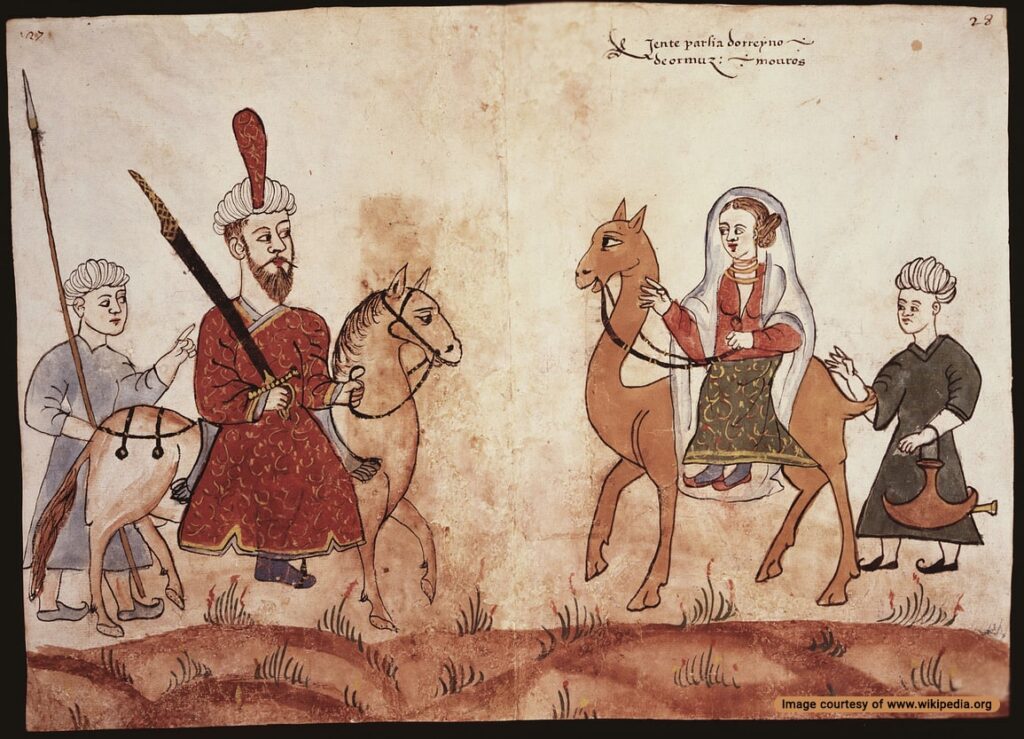
Hormoz is not the original name of this island. Ancient Greeks called it Organa, and Muslims knew it as Jarun. The original Hormuz is 60 km east of the island near Minab city, now known as Old Hormuz. After the Ilkhanate imposed heavy taxes on the kingdom of Ormus, the ruler decided to relocate his court to the Island in 1301. With this migration, the old Hormuz was abandoned, and the new Hormuz was established.
After an initial failed attempt to reach the island by Tristão da Cunha in 1506, Afonso de Albuquerque arrived in the Persian Gulf, captured Oman, and approached Hormuz in September of 1507. He captured the island after a heavy battle with local naval forces that ended with the kingdom’s surrender.
Afonso decided to construct a fort on the island and forced his men to mutiny. He surrounded the island for three months but was forced to retreat. He vowed to grow his beard until he would return and capture the island. He managed to do so in 1515 after the central government in Hormuz was weakened due to internal struggles.
The Portuguese influence in the Persian Gulf grew in the following years. Finally in 1622, Shah Abbas I made a deal with Britain to reclaim Iranian islands, including Hormuz. Iranian forces drove out the occupation with the support of naval fleets from the East India Company. This significant event marks the Persian Gulf National Day on April 29/30.
Geography of Hormuz Island
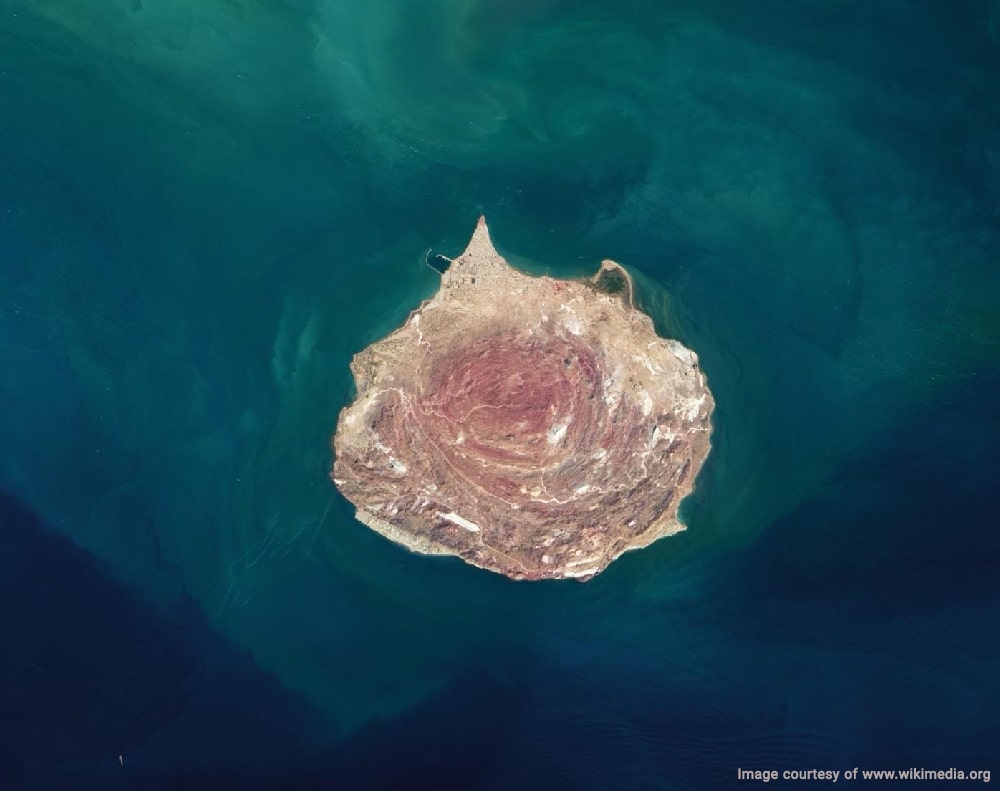
The island is located 8 km off the coast of Bandar Abbas and has an area of 42 km2. The landmass dates back to the Ediacaran Period (600 million years ago), but the salt-gypsum dome surfaced around 50,000 years ago.
Hormuz Island’s most prominent geographical feature is the colorful soil that covers the mountains and the beaches. The island’s unique soil combination is the result of halo kinetic shifts and the interaction of salt with other minerals.
There is a colorful mountain on the island with edible soil in red, yellow, white, blue, brown, etc., which the locals call Gelak. This soil is used in cooking and fermented fruit and vegetable recipes and is utilized in many industries.
Top Sights in Hormuz Island
The island houses a variety of natural attractions, a historical castle, and an art museum. If you want to visit all the Hormuz Island tourist attractions, we recommend a tour package.
Hormuz Red Beach
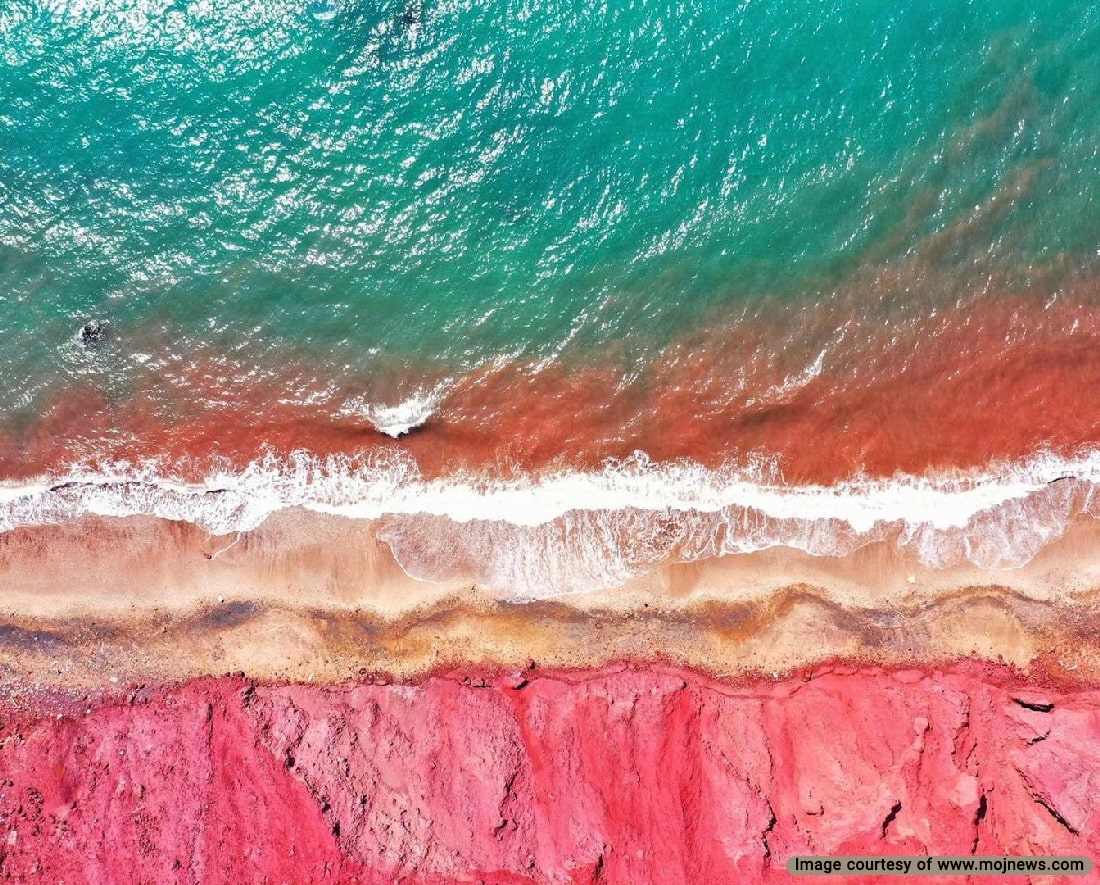
The unique soil composition on the island has created a red beach with unique aesthetics. This rusty beach is one of the most cinematic sights in the world. The beach is located in the south of the island and showcases a magnificent symphony of colors.
Rainbow Valley
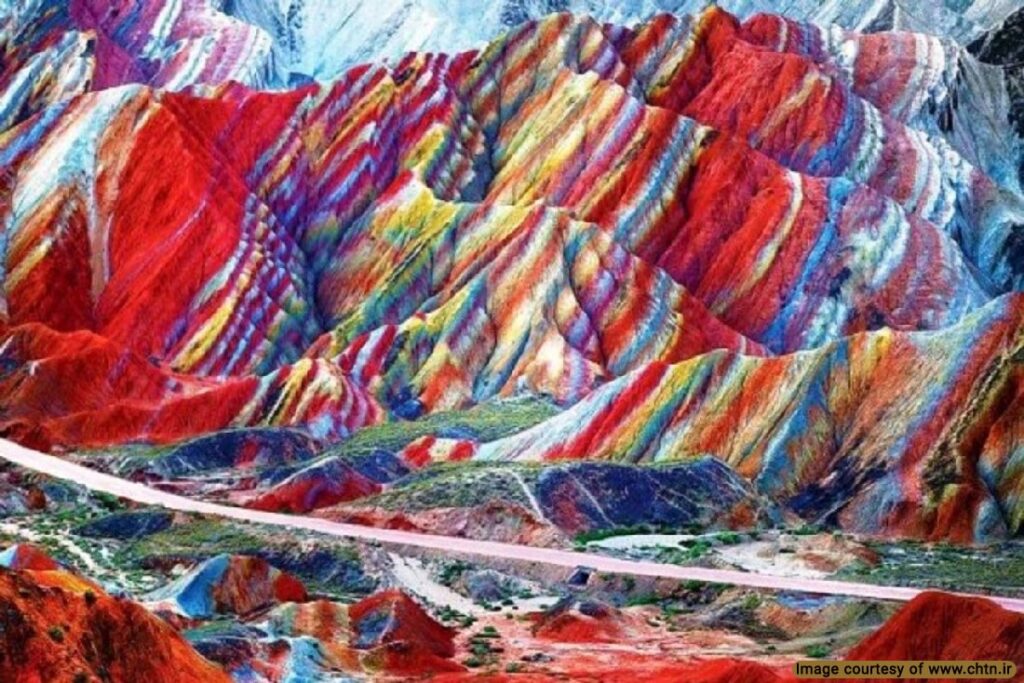
This colorful valley is located on the southwest of the island. The magmatic compounds in the valley appear in various colors and look like a painting. The soils from the valley are used in a variety of handicraft arts by the local women. You can purchase these handicrafts to boost the local economy following the principles of responsible tourism.
Turtles Beach
The turtles’ beach is in the southeast of the island, where the turtles lay eggs in the spring and summer seasons. This beach has no tourist accommodation and is far from other attractions to offer the turtles a peaceful environment to procreate. If you visit Turtles Beach, do not leave behind any trash or interfere with the ecosystem. It’s best to visit this beach in the fall and winter to avoid the scorching heat of the summer.
The Valley of the Statues
The valley of the statues is in the southwest of the island, a few km west of the red beach. The natural formations in this valley are shaped like abstract renditions of animals and figurines. Finding these shapes is all about perspective, and your imagination.
Hormoz Portuguese Castle
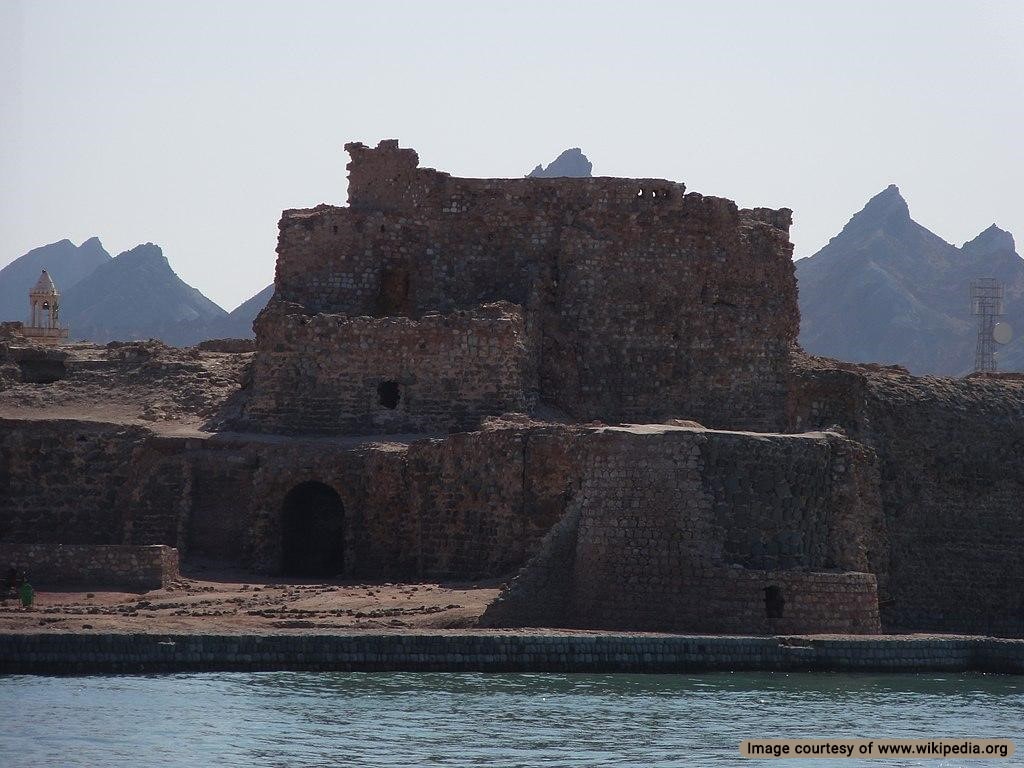
This historical castle in the north of the island was built during the Portuguese occupation in 1515. The Portuguese called it Fort Nossa Senhora da Conceição (Our Lady of the Conception). It is made of stones and is part of a collection of military outposts built during the Portuguese conquest of the Persian Gulf.
Hormuz Mangrove Forest (Harra Jungles)
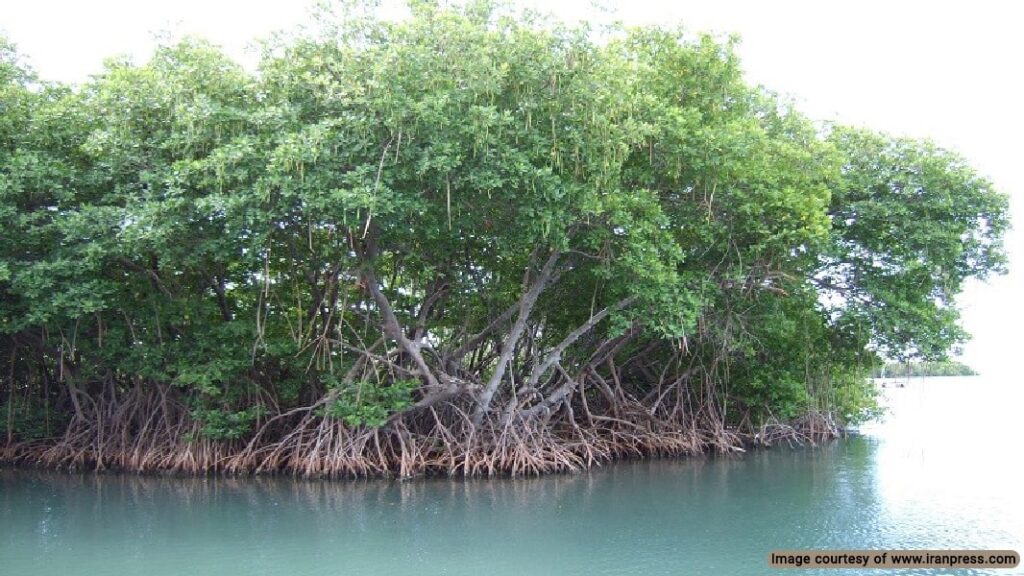
The only plant species that thrive in the salty waters of the island are mangrove shrubs and trees. The mangrove forests in the northeast of the island are one of the natural attractions that create a refuge for the island’s wildlife. Sea snakes, Hawksbill sea turtles, and a variety of migrant avian species can be found in this ecosystem.
Ahmad Nadalian Museum
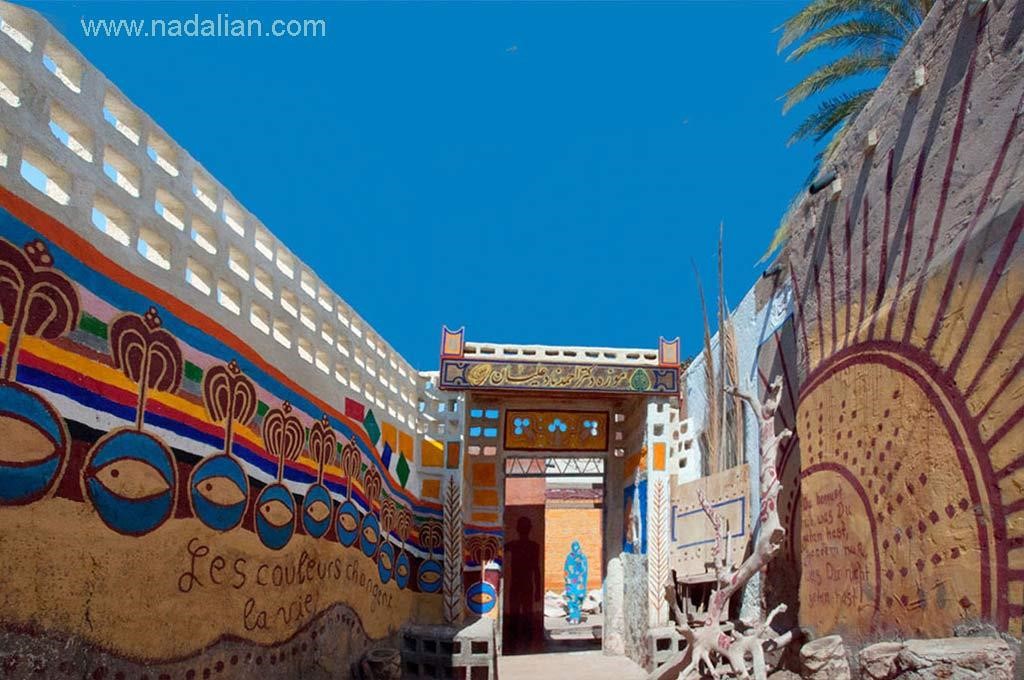
The museum is located near the northern coast of the island and includes the Center of Hormuzology. Dr. Ahmad Nadalian is an environmentalist and performance artist who is known for creating stone artworks. He aims to promote the coexistence of man and nature and the preservation of natural resources on the island.
Salt Goddess Cave of Hormuz Island
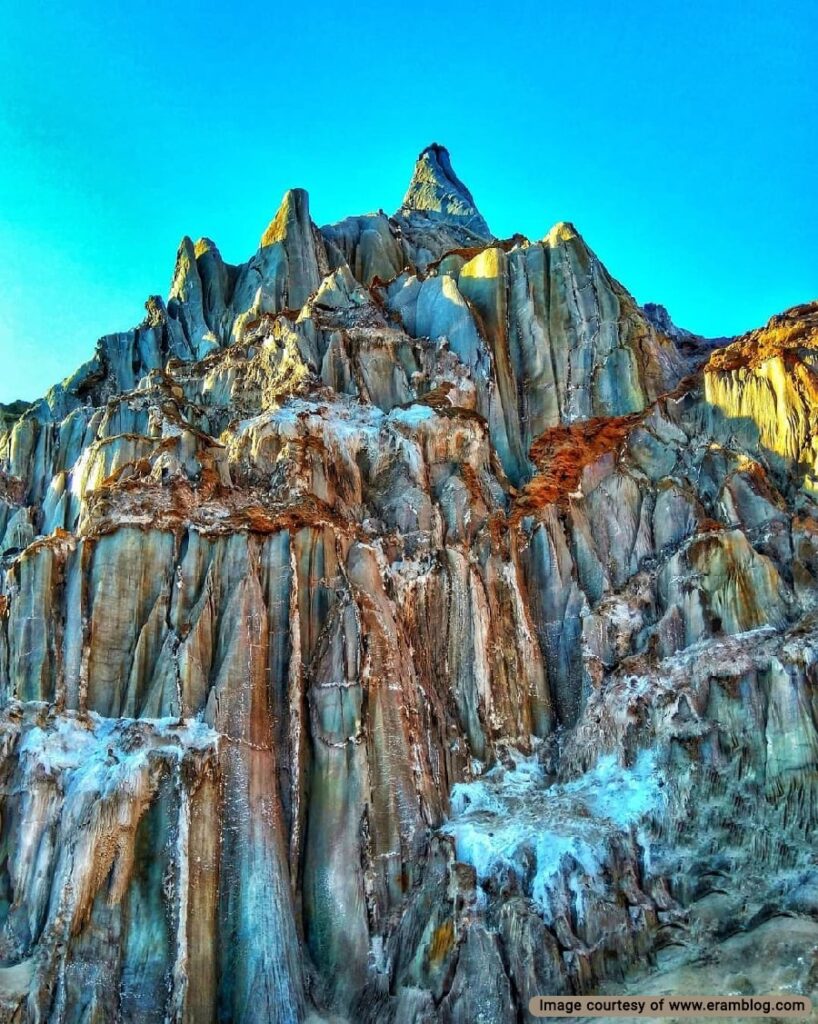
Salt Goddess cave is located in a mountain in the northwest of Hormuz island. This enormous salt crystal is known as the Salt Goddess Mountain. The crystal does not echo the nearby sounds, which creates a silent environment. There is an orange-hue water current running under the crystal that fills the nearby ponds. The cave is one of the most beautiful sights on the entire island and one of the must-see sights in Hormuz.
Visit Hormuz Island in the Persian Gulf
Hormuz is one of the most visited Iranian islands in the Persian Gulf that attracts many domestic and international travelers every year. The best time to visit the island is in the fall and winter when the weather is pleasant. However, the island is very crowded during this period.
If you enjoy the peace and tranquility and don’t mind the heat, travel to the island in late spring and the summer. During the tourist rush, the accommodations on Hormuz islands are limited, so make sure to book your hotels in advance.
Where is Hormuz Island?
Hormuz Island is located off the Persian Gulf coast, 8 km south of Bandar Abbas. There are no airports on this island, and you have to travel there by boat. You can get on boats in the Bandar Abbas and Qeshm ports and arrive in Hormuz in less than an hour.
Frequently Asked Questions about Hormuz Island
If you have any other questions about traveling to Hormuz Island, please let us know in the comments. We will respond as soon as possible.
Why is the red beach in Hormoz Island colorful?
The island’s land mass is a salt diapirs that is combined with the red oxide of the iron and other mineral content in the soil. The soil is edible and used in many traditional culinary recipes.
What is the best time to travel to Hormuz?
The fall and winter offer the best weather conditions in Hormuz, but the island is very crowded during this period. On the other hand, the spring and summer seasons are very hot, but the island is mostly empty in these seasons and you can enjoy the attractions peacefully.
What is the language spoken by the Hormuz local population?
The Bandari language is a southwestern Iranian language spoken by the people of Hormuz. However, they all understand the official Persian language as well.
Are there tourist accommodations on Hormuz Island?
There are several hotels and eco-lodges on the island that you can book online. If you purchase Hormuz tour packages, the tour manager books the accommodation for you and you can enjoy a hassle-free stay on the island.



